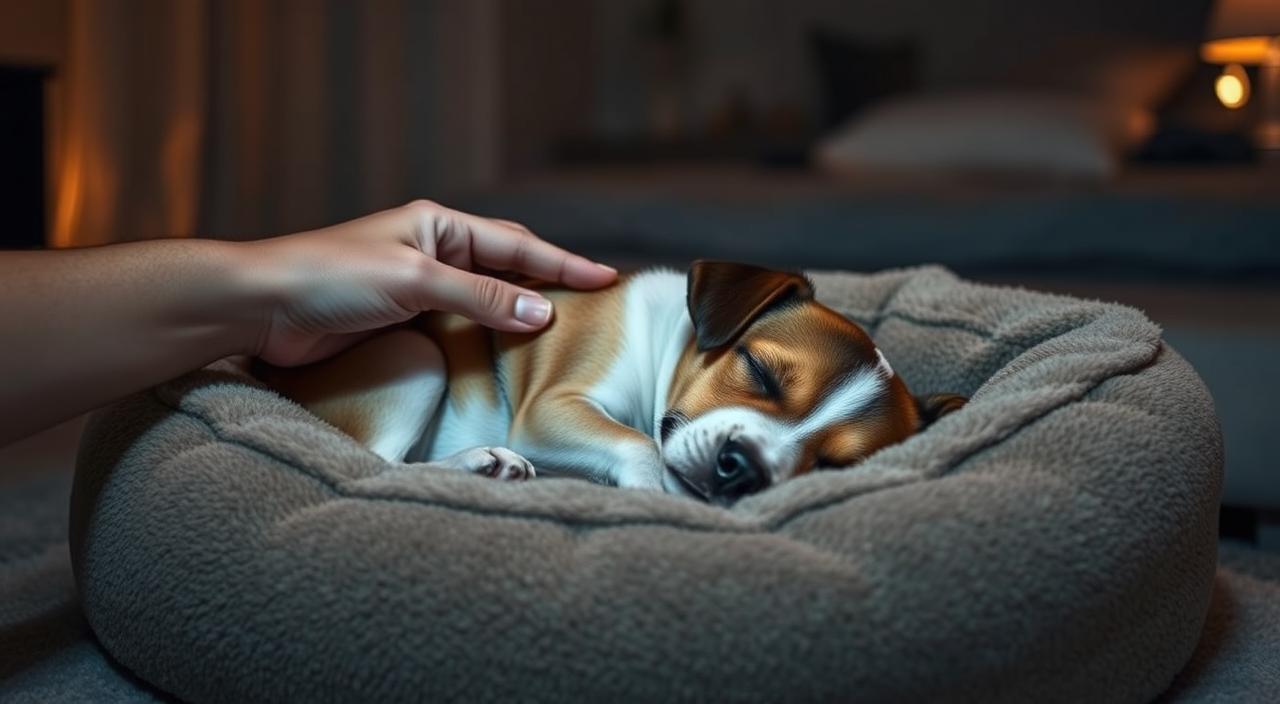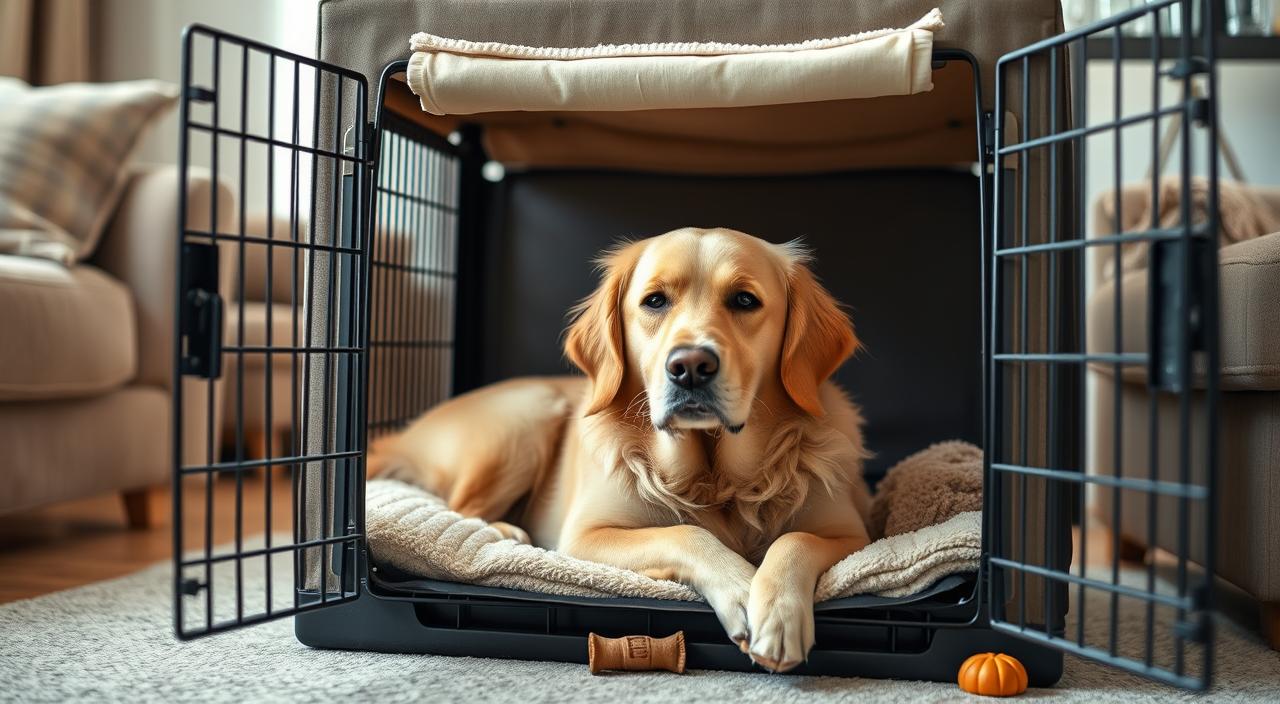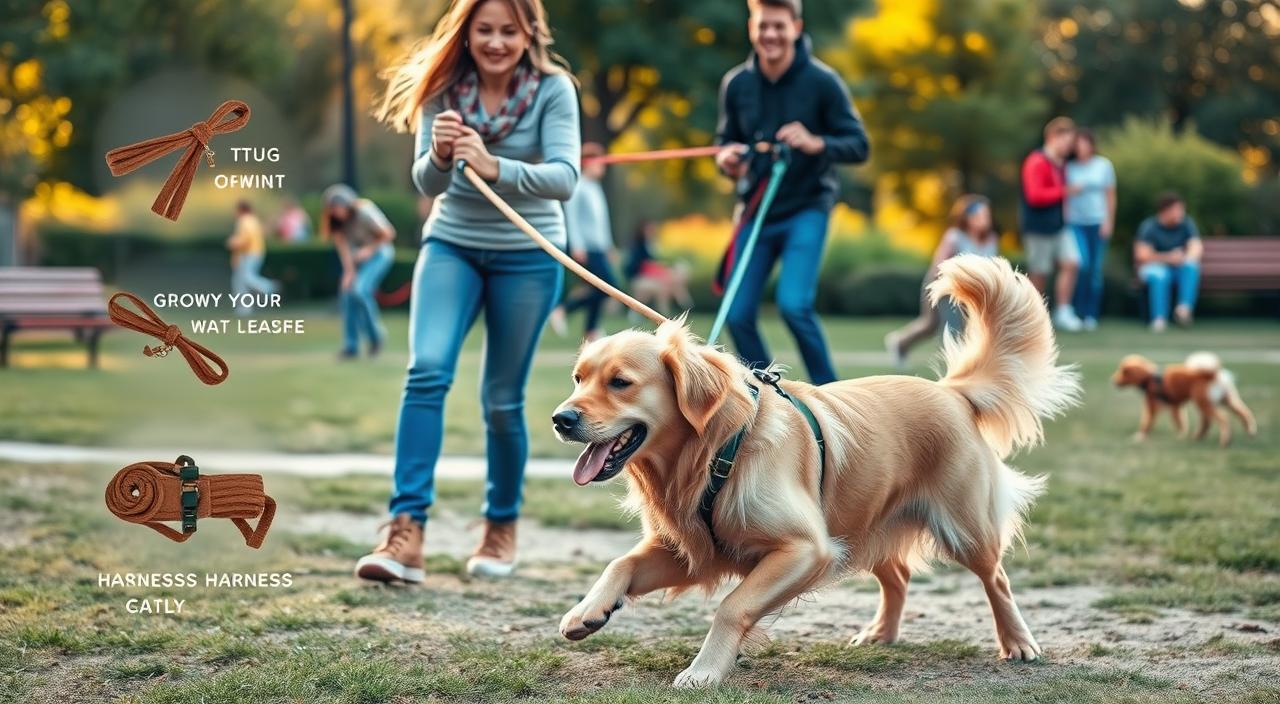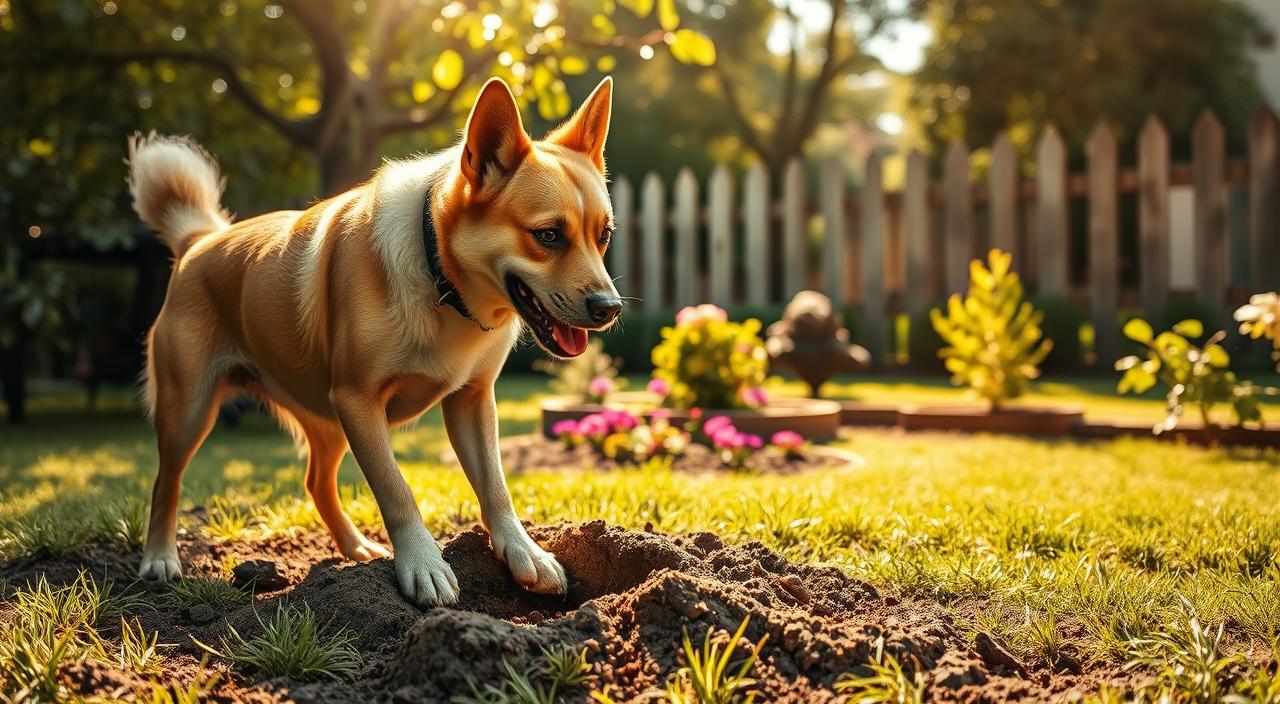Nearly one in four pets shows stress reactions when left alone, and those reactions can wreck a household if not guided with care.
This article explains a clear, humane plan that builds calm over time. Treatment focuses on changing emotion before changing behavior: pairing brief absences with positive experiences and slowly lengthening them.
Readers will learn to spot signs such as vocalizing, pacing, drooling, and destructive exits. The guide covers ruling out medical causes, mild counterconditioning with food puzzles, and stepwise desensitization for tougher cases.
Management is key: avoid unsupervised long trials early on. Use daycare, sitters, or bring your pet along during training days to prevent panic and harm. Veterinary input and certified behavior specialists speed progress and protect welfare.
Key Takeaways
- Set a compassionate goal: teach calm rather than punish distress.
- Use short, positive sessions and build alone time slowly.
- Watch stress signs and keep trials below the stress threshold.
- Manage absences—don’t leave unsupervised during early training.
- Seek veterinary or behaviorist support for moderate or severe cases.
Spotting the signs and setting the goal
Many owners notice clear distress when their companion is left alone; the signs often start within minutes. Identifying a pattern is the first step: does the behavior happen almost only during absences?
Common behaviors when alone
- Persistent barking or howling right after departure — often within minutes.
- Destructive chewing or digging focused at exits and windows.
- Pacing in set routes, drooling puddles, or toileting in the house only when alone.
- Physical stress signs: trembling, panting, dilated pupils, and excessive saliva.
Why some pets develop distress
Triggers often follow life changes: a new home, a sudden schedule shift from remote work to long absences, or loss of a family member. Dogs adopted from shelters are overrepresented, suggesting prior loss can sensitize them.
Set a clear treatment goal: help the animal learn that being alone equals safety and calm. Keep a simple log of each departure and use short, low-risk steps—pair a favored food toy with brief absences while tracking progress over time.
First, rule out medical issues and lookalike behaviors
Before training begins, a quick medical check will catch many causes of indoor accidents or visible distress. Some health problems create symptoms that mimic separation anxiety and need treatment first.
Health problems that can cause accidents or distress
Urinary incontinence, urinary tract infections, bladder stones, diabetes, kidney disease, Cushing’s, neurologic conditions, and genital abnormalities can all cause house soiling or unusual behavior.
Age‑related sphincter weakness and hormone changes after spay can increase leakage. Certain medications also raise urine frequency. A veterinarian can run simple tests and explain results.
Other behaviors that mimic separation anxiety
Incomplete house training, urine marking (small amounts on vertical surfaces), submissive or excitement urination, juvenile chewing, and boredom are common lookalikes.
If destruction or accidents occur while you are home, think training gaps or enrichment needs rather than an absence problem.
When to consult a veterinarian or a veterinary behaviorist
Seek vet care for sudden changes, vomiting, seizures, injuries, or intense distress such as escape attempts at the door or self‑injury. A vet or a board‑certified veterinary behaviorist can guide diagnosis and a tailored plan.
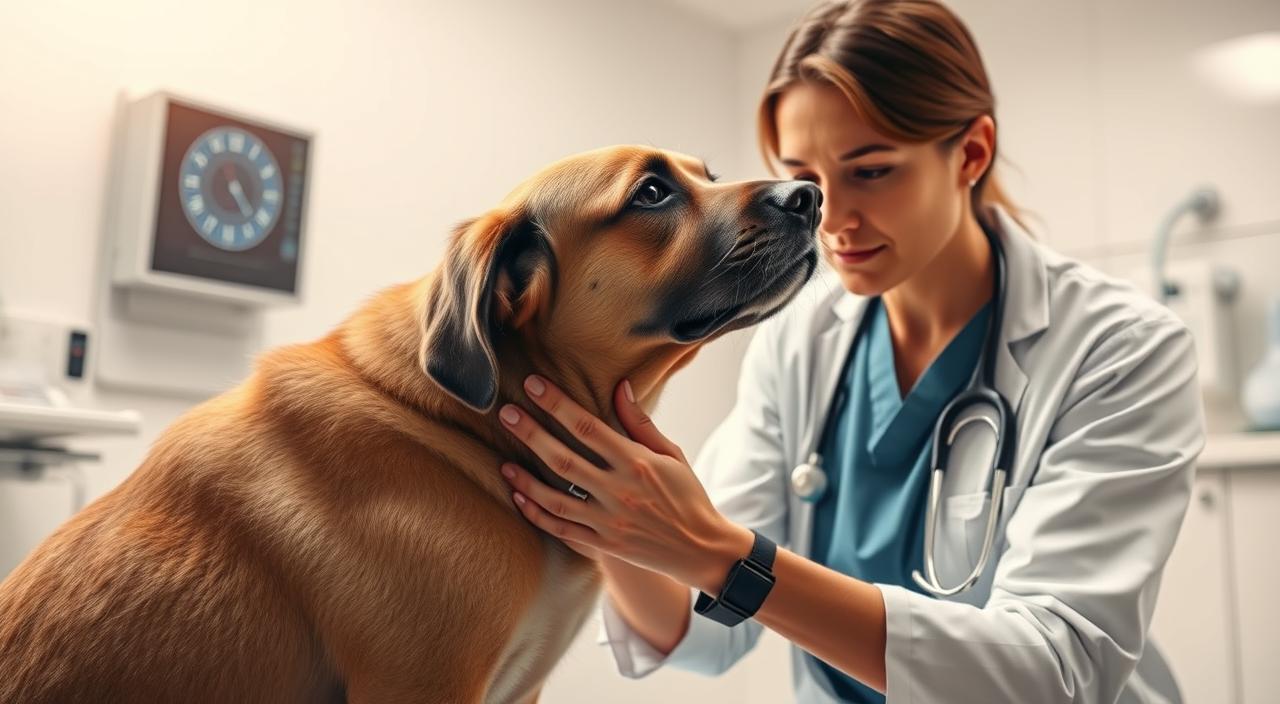
How to stop dog separation anxiety: step-by-step for mild cases
A simple, predictable ritual can turn short departures into a calm, rewarding event for many pets. The goal is to pair brief exits with a special stuffed puzzle so alone time predicts something pleasant rather than fear.
Counterconditioning with high-value food toys and calm comings/goings
Offer a food-stuffed puzzle just before leaving the room. Use fillings that hold interest for 20–30 minutes — for example, peanut butter with kibble or canned food mixed with a little banana.
Freeze the toy to lengthen engagement. Remove it when you return so the item stays linked with alone time only.
When food toys help—and when anxious pets won’t eat
Keep departures and returns quiet and low-key. Calm greetings prevent spikes in arousal that can reinforce distress when owners leave.
If the companion refuses treats while left alone, view that as a signal to begin a desensitization-first process rather than relying on food. Start with very short exits from the room and return before any stress appears.
- Use high-value food puzzles right before stepping out so being left alone predicts enjoyment.
- Aim for 20–30 minutes of engagement; freeze fillings to extend minutes of focus.
- Remove the toy on return so it remains special for alone time.
- Keep greetings neutral and brief to lower overall arousal.
- Track sessions each day: note fillings, minutes of engagement, and calm behavior in the room.
Building confidence with training for moderate to severe cases
A structured plan helps a very worried dog learn calm, step by step. Start slowly, watch signals, and keep sessions predictable. The term “threshold” means the point where the animal first shows stress; training must stay below that line.
Desensitizing predeparture cues
Neutralize cues: pick up keys, put on shoes, grab a bag — then stay. Repeat these fake routines many times per day over weeks until the action no longer triggers panic.
Graduated out-of-sight absences
Begin behind an interior door. Leave for 1–2 seconds, then return before any sign of worry. Gradually add minutes once the dog is calm. Move from a bedroom to the exit door as confidence grows.
Reading stress and avoiding setbacks
Watch for panting, trembling, pacing, yawning, drooling, or dilated pupils. If signs appear, shorten the next absence to remain below threshold. Build toward 40 minutes, then extend in 5‑minute, then 15‑minute steps.
- Insert a stuffed food toy once 5–10 seconds are reliable.
- Space trials by a few minutes so arousal settles.
- Avoid sudden jumps in duration and never punish anxious behavior.
- Partner with a veterinarian or certified behaviorist when progress stalls.
Managing absences so your dog isn’t left alone during training
Practical coverage makes gradual training possible and keeps progress steady. During desensitization, the companion must not experience full-blown panic. That means avoiding unsupervised long absences except during controlled practice.
Arrange daytime options before lengthening sessions. Bring the animal to work when allowed. Ask a family member, trusted sitter, or friend to stay at home. Use daycare or short visits at another house for cases that need steady support.
Organizing coverage and safety
- Protect training gains: if practice builds comfort to 30 minutes, don’t schedule a two-hour real absence that can undo progress.
- Build a roster: line up a family member, trusted sitter, dog walker, or daycare so the pet is not left alone outside sessions.
- Coordinate schedules: match real-world needs to the plan so every gap is covered during the day and at home.
- Use alternatives thoughtfully: bringing the animal to work can bridge the process while you build duration at home.
- Keep safety first: avoid relying on a car—heat can rise within minutes; indoor care is safer than a vehicle.
- Communicate instructions: brief each helper on calm arrivals and low-key departures to avoid rehearsing panic.
- Track minutes and absences daily so accidental overexposure does not occur. Reassess logistics as the pet improves.
Supportive strategies: exercise, enrichment, crates, and medications
Physical activity, enriching games, and safe resting areas reduce baseline fear and build calm. Small, regular walks, scent work, and brief trick sessions provide useful stimulation and lower stress before an absence.
Food puzzles and scent games can be part of that routine. For milder cases these items promote relaxation. In more severe presentations, some pets refuse food or learn the toy predicts departure; watch responses and adapt the plan.
Choosing a safe space: crate, x‑pen, or room
When properly introduced, a crate can feel like a secure den. Condition it with treats and short visits so the crate becomes a choice, not a punishment.
If a crate worsens panic, a larger x‑pen or a dog‑proofed room gives room to move while reducing risk of injury or damage. Gradual conditioning and positive pairing build confidence in any space.
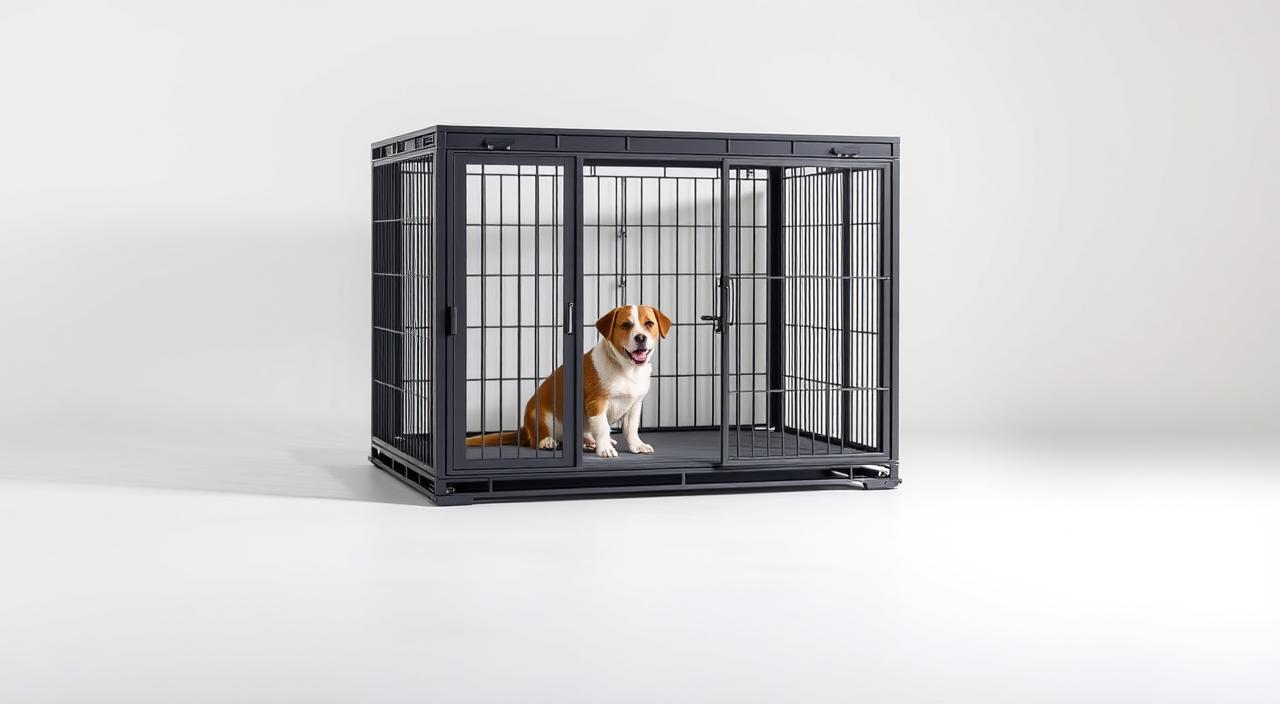
Medications as part of a plan
Medications can support behavior work when risk is high. Fluoxetine offers longer-term relief but may take 4–8 weeks and needs vet monitoring. Trazodone is useful for acute events or travel and acts more quickly.
Indications include self‑injury, major property damage, or a threatened home placement. Always pair medications with behavior therapy and veterinarian oversight for the best outcomes.
- Move the body and calm the mind: daily walks and play lower baseline arousal.
- Use enrichment smartly and watch for when food items become departure cues.
- Match the space to the pet—crate if conditioned, x‑pen or room if not.
- Medication is an adjunct: vet guidance and behavior therapy improve results.
Conclusion
Consistent, gentle practice and careful scheduling help turn worry into calm. The goal is comfort: a dog that can rest calmly when left alone, not just fewer messes.
Progress often arrives in small steps over weeks. Keep sessions short, neutralize predeparture cues at the door, and add seconds and minutes only while the pet stays below its stress threshold.
Use a simple plan, track minutes, and line up daytime coverage so you never leave the animal beyond trained duration. Professional guidance from a veterinarian or behavior specialist speeds recovery and improves safety.
Celebrate milestones — a calm 40-minute window is a meaningful win — and if setbacks occur, shorten the time and rebuild. Map the first week of short sessions and track the experience each day.



